How Local Roofers Decide on Roofing Materials Based on Your Climate
Choosing the right roofing material is crucial for your home’s longevity and efficiency, and it largely depends on the climate you live in. Local roofers have a deep understanding of the weather conditions and environmental challenges specific to your region, and they use this knowledge to guide their material selection. Whether it's the blazing sun in desert regions or heavy snowfalls in northern climates, the choice of materials can significantly impact your roof’s durability and performance.
Understanding Asphalt Shingles
Asphalt shingles are one of the most popular roofing materials in the US. According to Ruby Home, the majority of roofs, about 75%, use asphalt shingles. This popularity is largely due to their affordability and versatility. In many parts of the country, asphalt shingles provide a good balance between cost-effectiveness and resilience against moderate weather conditions, but they may not be the first choice in areas with extreme climates.
Battling Cold and Snowy Conditions
In colder climates, where snow and ice are common, local roofers often recommend metal roofs or high-quality asphalt shingles designed for colder temperatures. Metal roofs are particularly beneficial in these areas because they allow snow to slide off easily, reducing the risk of ice dams and water damage. Additionally, the durability of metal roofs ensures they can withstand the weight and moisture that accumulates during long winters.
Handling Coastal Challenges
For homes located near coastlines, the challenge often lies in dealing with salt corrosion and strong winds. Local roofers may suggest using materials like metal that are resistant to salt damage and have the strength to withstand high winds. Additionally, materials used in coastal areas must be securely fastened to withstand the impact of potential hurricanes or tropical storms, making the installation process just as important as the material itself.
Considering Rainy and Humid Environments
In climates that experience high levels of precipitation and humidity, such as the Pacific Northwest, roofers tend to select materials that are resistant to moss and algae growth. Metal roofing or specially treated asphalt shingles can be effective options. These materials are designed to prevent water absorption, minimizing the potential for leaks, mold, and structural damage, thereby offering long-lasting protection against incessant rains.
Adapting to High Wind Zones
In areas frequently hit by high winds, roofing material selection focuses on durability and wind resistance. Local roofers often opt for architectural asphalt shingles or metal panels that are rated for high wind speeds. These materials are engineered to remain intact even during strong gusts, minimizing the risk of shingles lifting or roofs sustaining structural damage. Proper installation is crucial in these zones, with roofers using specialized fastening systems and sealants to ensure each piece is securely anchored to withstand turbulent weather.
Preparing for Hail-Prone Regions
In some regions, hail can be a common and destructive weather event. To protect homes in these areas, roofers often recommend impact-resistant roofing materials, such as Class 4-rated asphalt shingles or rubberized roofing products. These materials are designed to absorb the impact of hailstones without cracking or breaking, which helps prevent water infiltration and structural damage. Choosing hail-resistant materials not only protects the home but can also lead to reduced insurance premiums, offering homeowners both peace of mind and financial benefits.
Responding to Mixed Climate Regions
Some areas experience a mix of extreme temperatures, precipitation, and seasonal changes throughout the year. In these regions, local roofers need to balance multiple factors when selecting materials, including durability, insulation, moisture resistance, and adaptability to thermal expansion and contraction. Composite shingles or synthetic roofing materials often serve as a smart solution, as they are engineered to handle a wide range of conditions while maintaining their structural integrity. These options offer the look of traditional materials like wood or slate, but with enhanced weather resistance and a longer lifespan, making them ideal for climates that experience everything from summer heatwaves to winter snowstorms.
Choosing which materials to use for your roof is a critical decision that hinges on understanding the climatic challenges of the area you live in. Local roofers play an integral role in selecting the right materials based on extensive experience with regional weather patterns. By choosing materials that fit the specific needs of your climate, you can enhance your home’s resilience, energy efficiency, and value. To discuss what roofing materials are right for your home, contact our team at Ireland Contracting today!
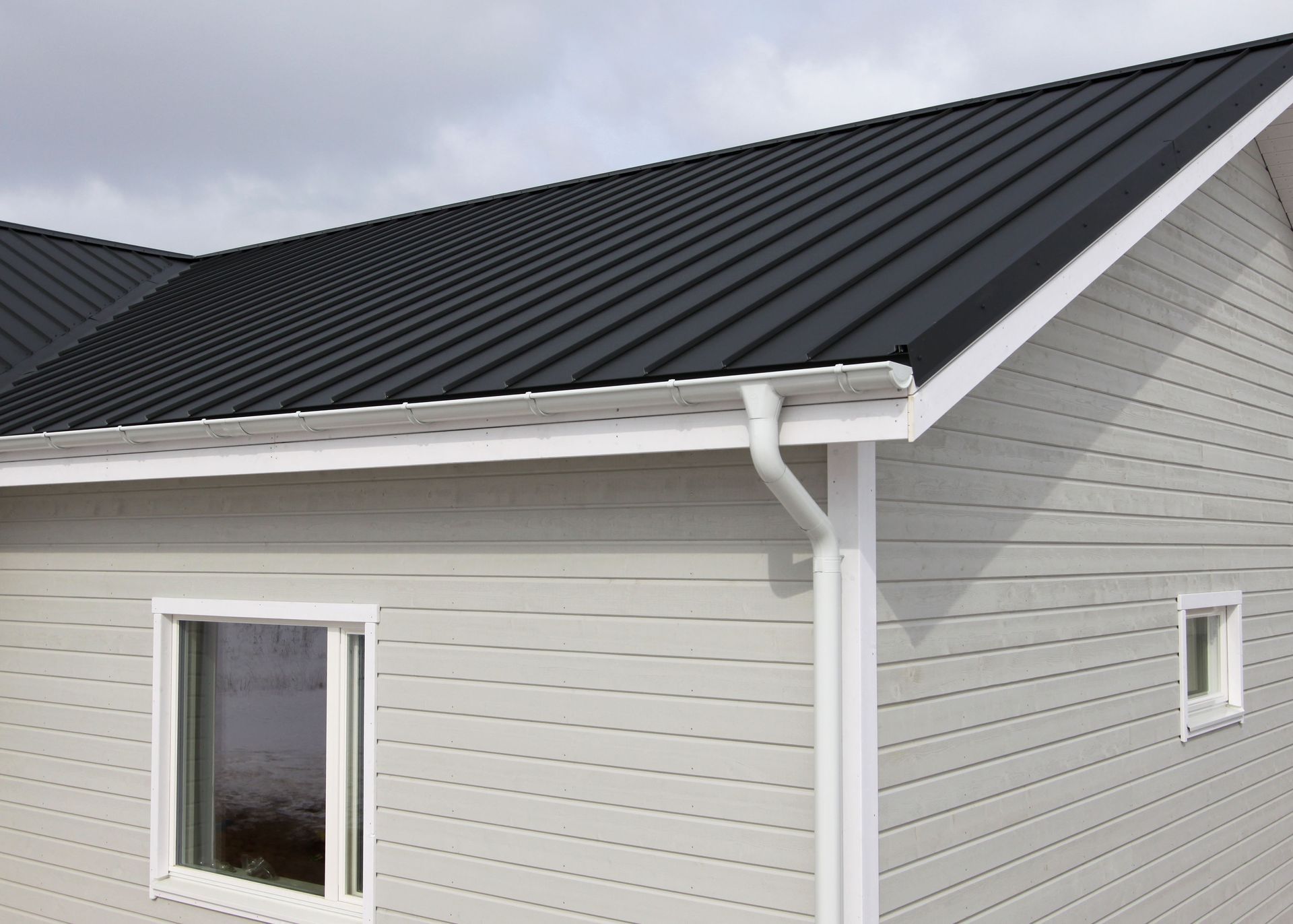

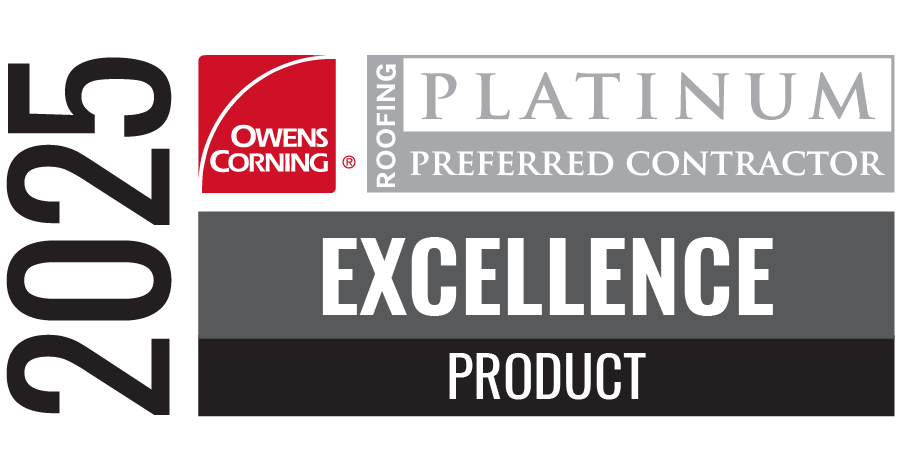

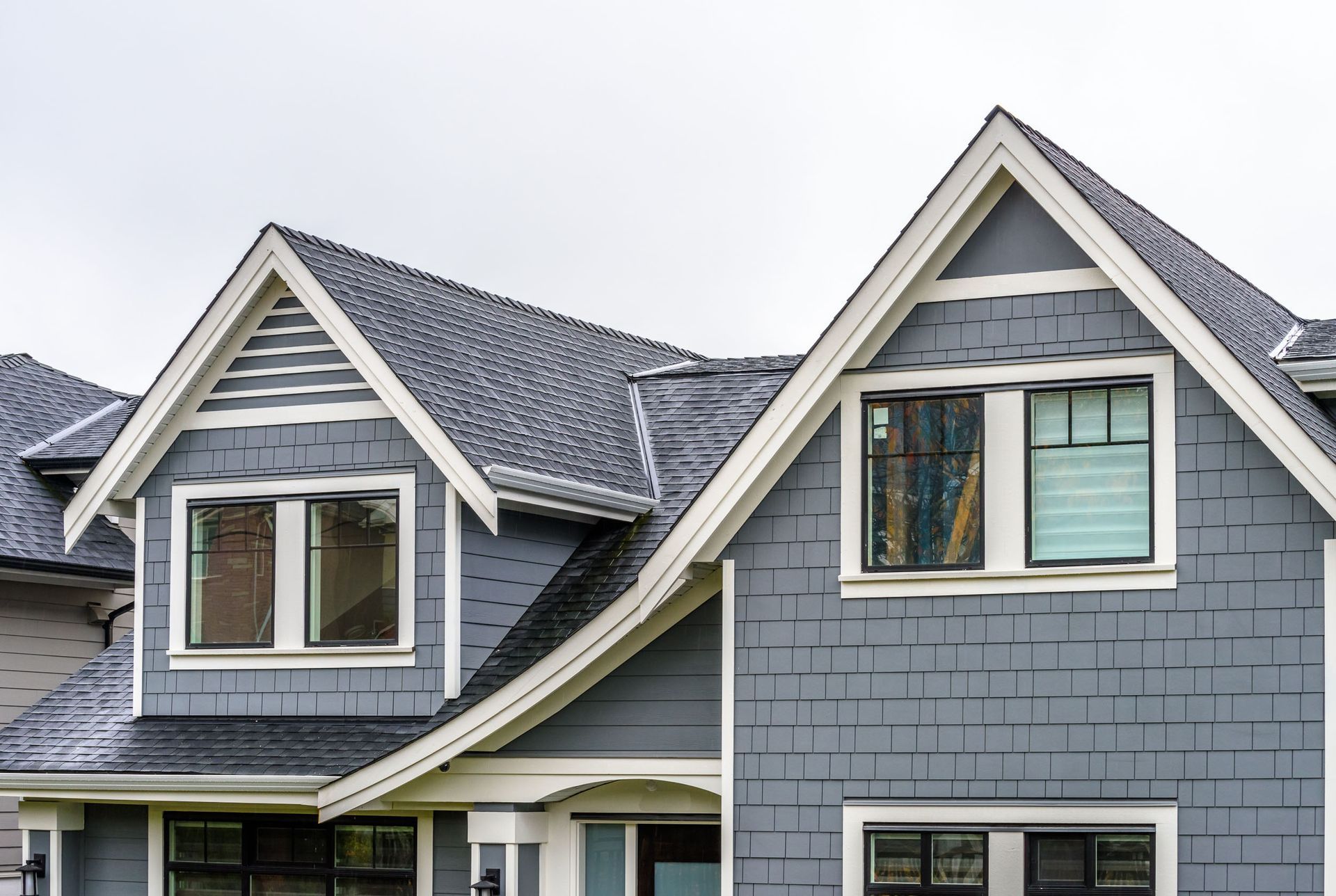
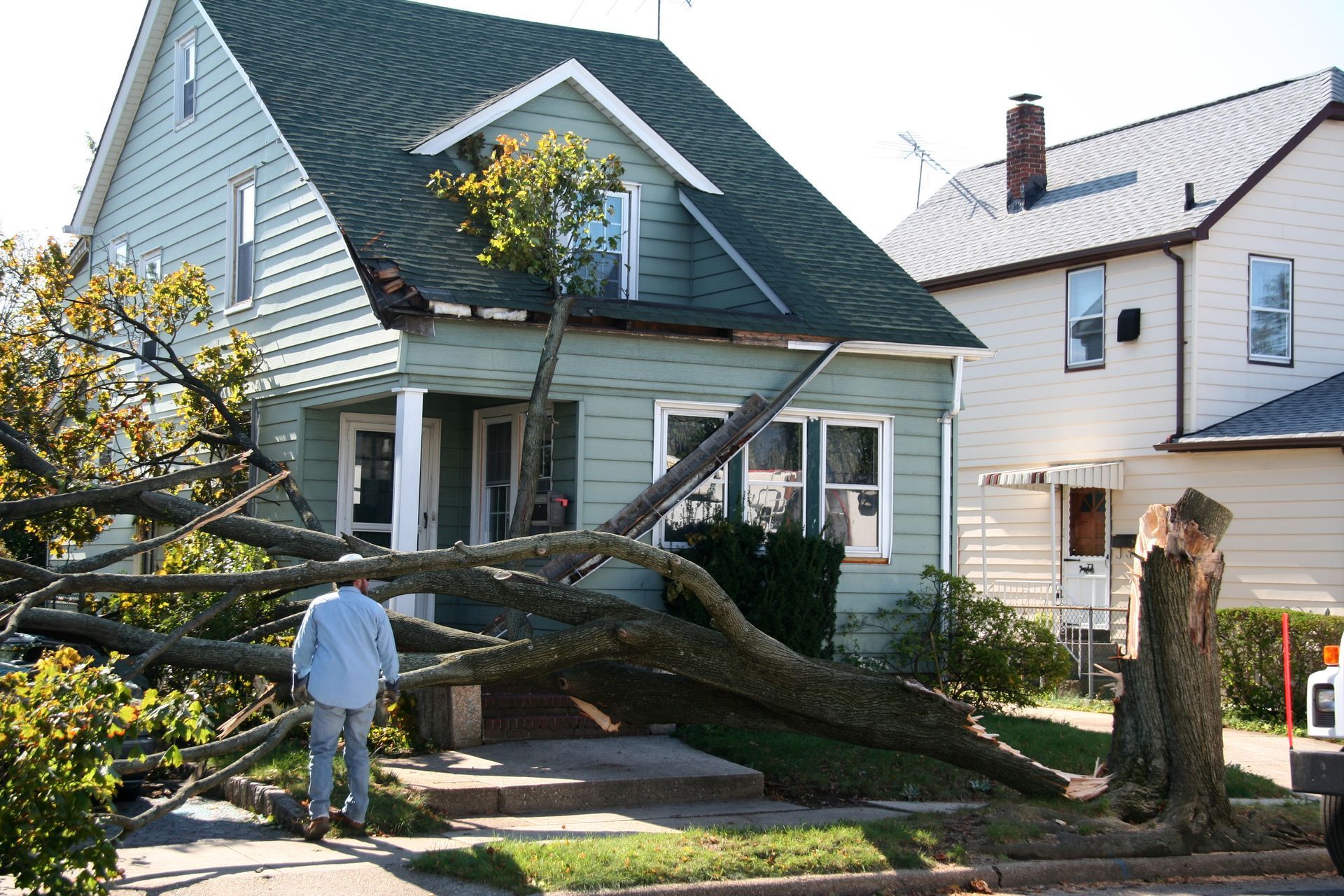
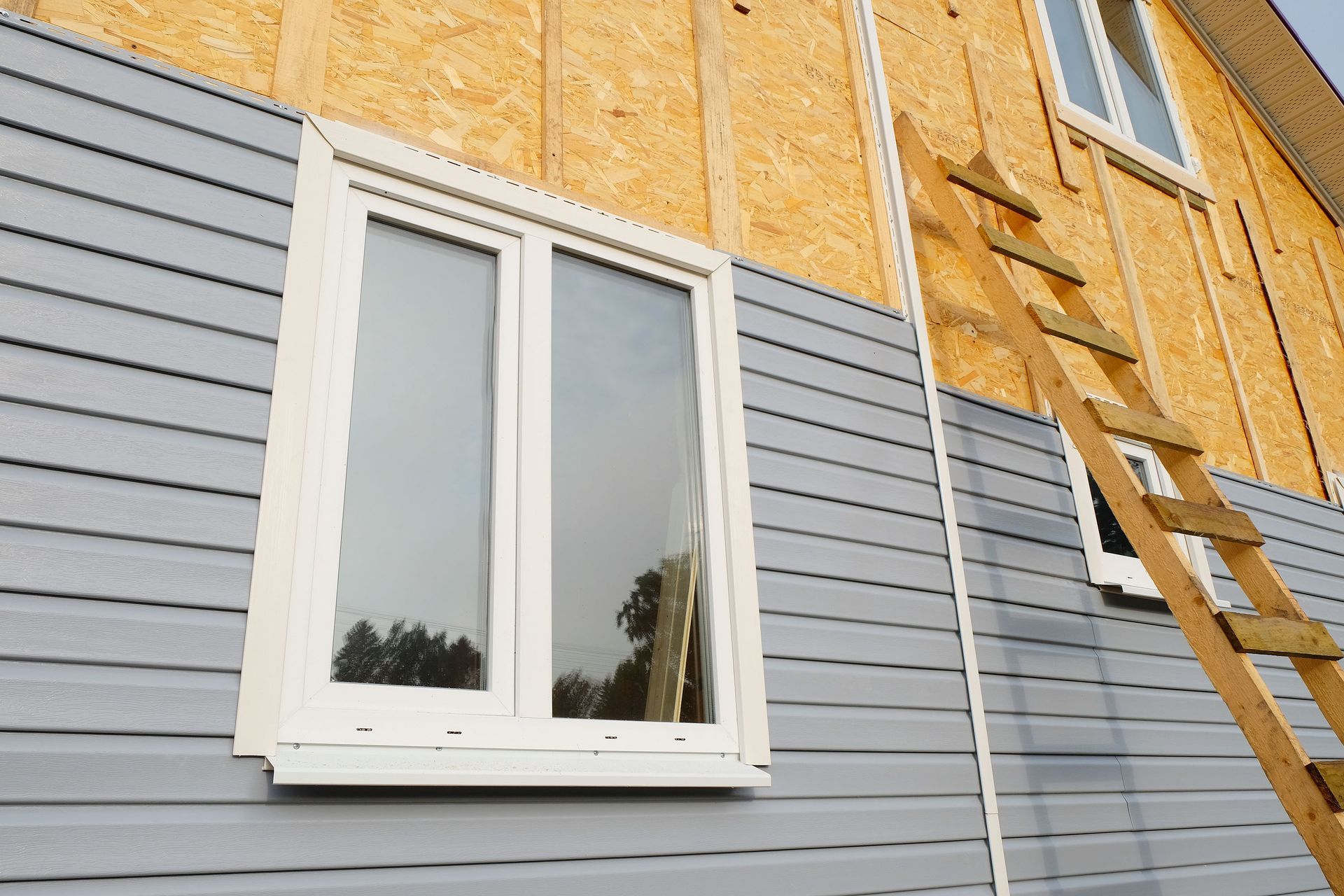
Share On: